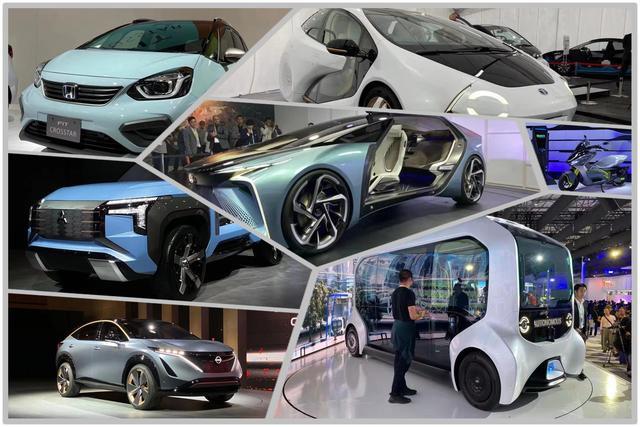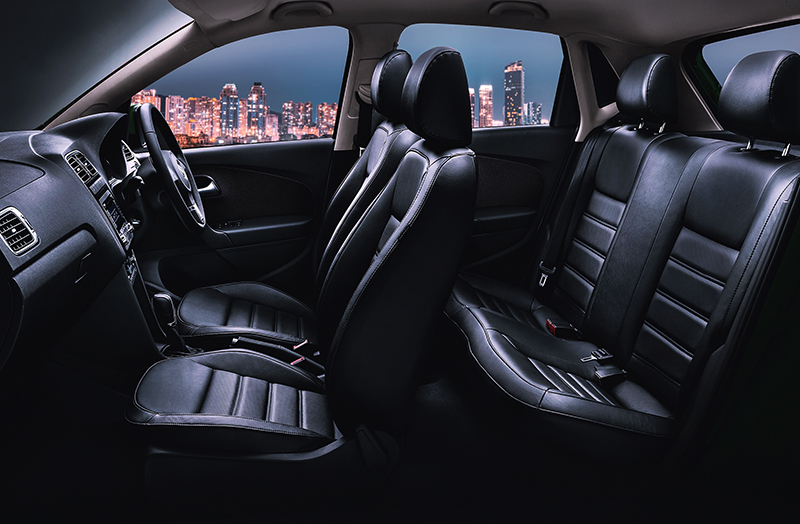
Welcome to Wenzhou Tianhe Auto Parts Co., Ltd.
-
 National High Tech EnterprisesProfile
National High Tech EnterprisesProfilea modern science and technology private enterprise integrating research and development production,sales and service of automobil1e,tractor, high-speed railiway, aviation, mining machine, hydraulic tool...
-
 Fascinating production videoVideo
Fascinating production videoVideoWe will introduce ourselves to you and show you how we work. Dynamic pictures are especially suitable for this. We have prepared the latest dynamic image materials for you...
-
 Strict implementation of the management systemHonor
Strict implementation of the management systemHonorIt has passed ISO9001:2000 quality management system certification, ISO / TS 16949:2009 automobile industry quality management system certification, standardization good behavior confirmation and measurement and testing system certification, ISO14001:2004...
-
 Honesty, pragmatism, development and innovationCulture
Honesty, pragmatism, development and innovationCultureEnterprise spirit: integrity, pragmatism, development, innovation, business philosophy: scientific management, scientific and technological innovation
Business policy: to create first-class products, continuous improvement, increase customer satisfaction -
 After sales tracking and supportCustomer service
After sales tracking and supportCustomer serviceAfter sales service is the requirement of customers. The quality of after-sales service is directly proportional to the satisfaction of customers
OUR PRODUCTS

ABOUT TIANHE
Wenzhou Tianhe Auto Parts Co., Ltd. is a modern high-tech private enterprise integrating R&D, production, sales and service of automobiles, tractors, high-speed railways, aviation, mining machines, hydraulic tools, hardware precision forgings, metalworking, etc. It is a national level high-tech enterprises. The company's headquarters is located in the High-tech Enterprise Park of Ruian Economic Development Zone, Zhejiang Province, with an area of 17,000 square meters and a building area of 24,000 square meters; the company's total assets are 130 million yuan.
The company currently has 6 forging production lines mainly including 300t, 400t, 630t, 1000t electric screw presses, friction presses, hot die forging presses imported from South Korea and CNC machining centers, CNC lathes and other machining production lines. With an annual production capacity of up to 10 million automobile gearbox parts, it has formed a production base for automobile gearbox parts. At the same time, it has strong equipment and ability to make molds.
-
2002
YearFounded in2002
-
17000
㎡Area covered
-
24000
㎡Built-up area
NEWS CENTER

2020
08 -24
2020
08 -09
2020
08 -09
2020
08 -09
Contact Us
Fax:86-577-66853535
E-mail:tianhe1@zjthe.com
Add:266 Wei Yi Road, Ge Xiang High-tech Industrial Park,Ruian City, Zhejiang Province
Message













